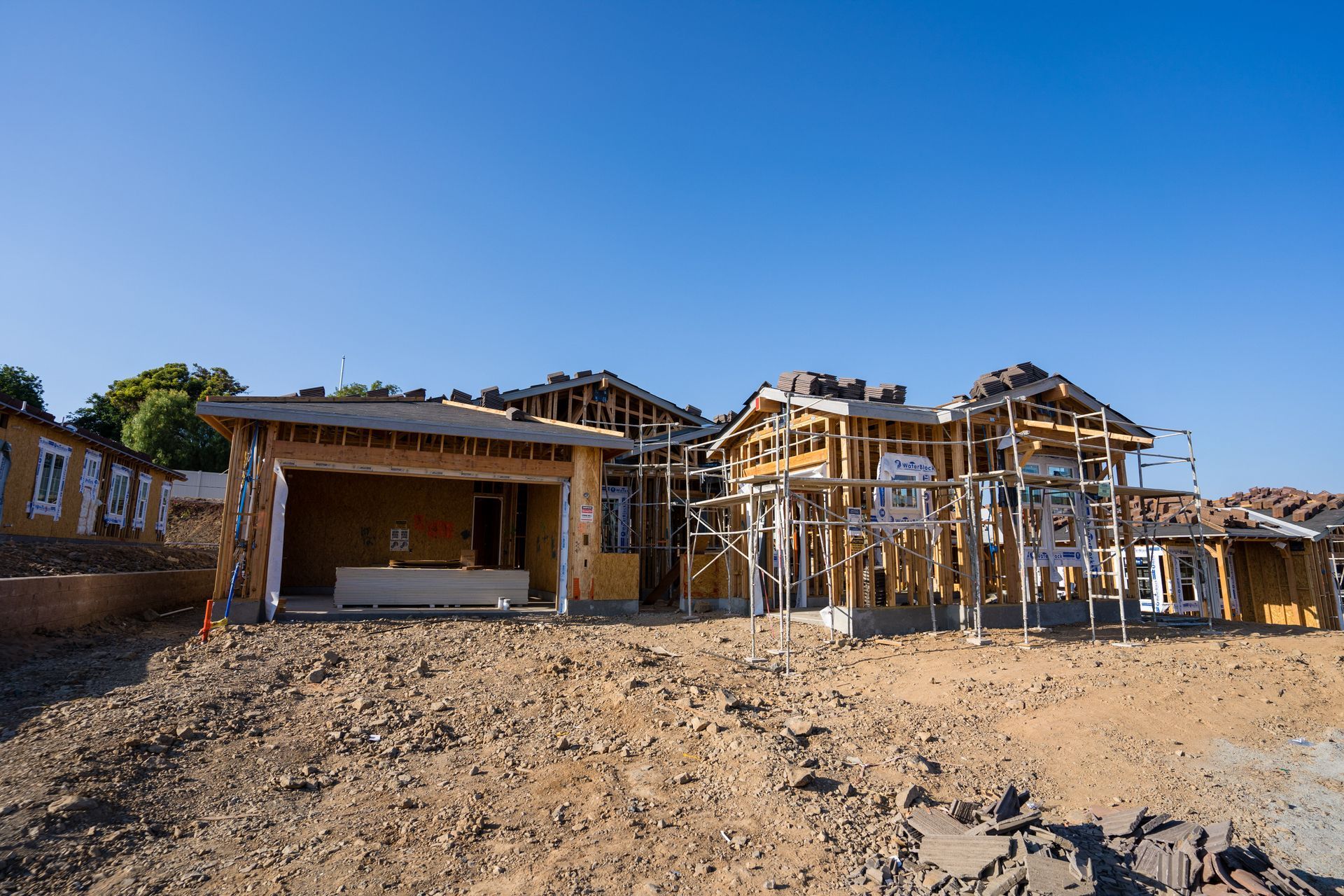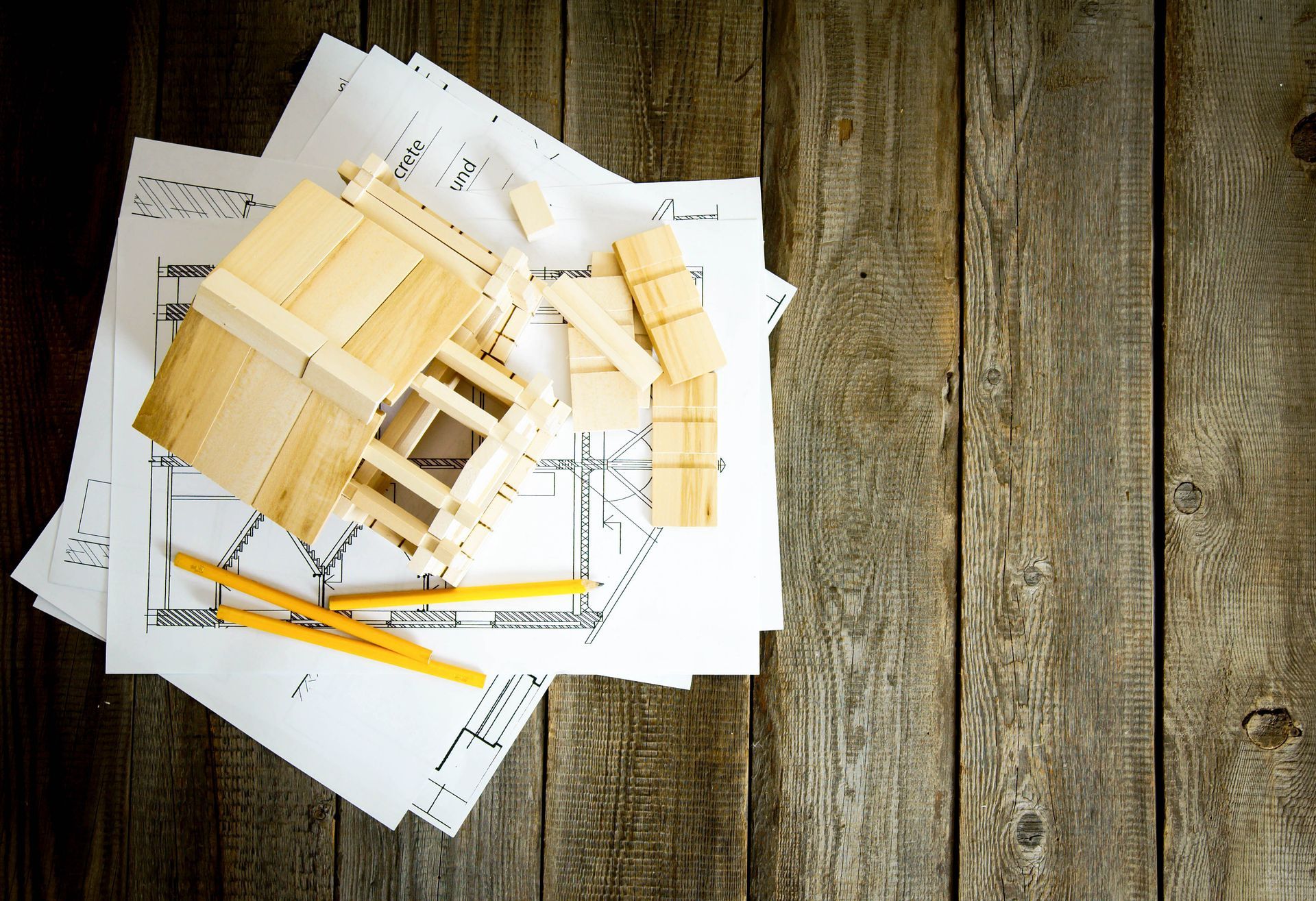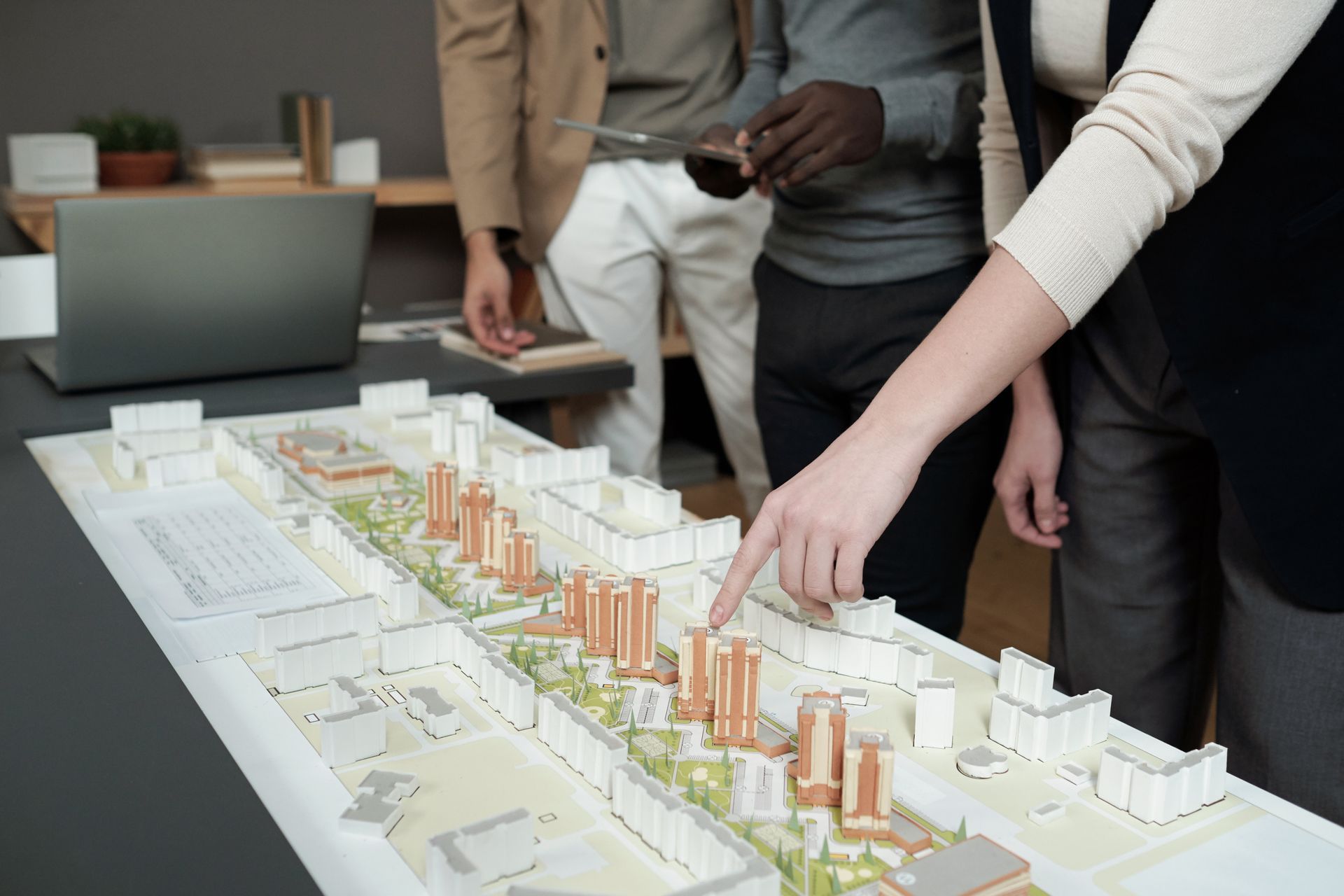Fire‑Zone Properties in California: Risks, Rewards & Realtor Tips

California is known for its scenic landscapes, thriving cities, and comfortable climate—but it's also infamous for one recurring natural threat: wildfires. Over the past decade, increasing wildfire activity has drastically reshaped the real estate landscape in California, particularly for properties located in high fire-risk zones.
As climate patterns change and wildfires become more frequent and severe, homebuyers, sellers, and real estate agents must understand the risks, rewards, and responsibilities associated with buying or selling fire-zone properties. This is especially relevant in regions like Sacramento, where urban development meets natural landscapes, and where real estate remains competitive despite growing environmental concerns.
In this comprehensive guide, we’ll explore:
- What defines a fire-zone property
- Risks associated with high fire-risk areas
- Potential rewards for buyers and investors
- Practical advice and tips for navigating these properties
- Realtor insights for both buyers and sellers
What Is a Fire-Zone Property?
A fire-zone property refers to real estate located in areas designated by Cal Fire (California Department of Forestry and Fire Protection) as High Fire Hazard Severity Zones (FHSZ). These areas are mapped out based on:
- Vegetation type and density
- Historical fire data
- Wind and weather patterns
- Access to firefighting resources
- Topography (e.g., hills, valleys)
The state classifies fire risk zones into three categories:
- Moderate
- High
- Very High Fire Hazard Severity Zone (VHFHSZ)
If your property falls into one of the two higher categories, it comes with specific regulations, insurance requirements, and disclosure obligations—all of which can impact buying decisions and property values.
Risks of Buying Fire-Zone Properties
1. Higher Insurance Premiums or Denials
Insurance companies are increasingly cautious about insuring homes in high-risk areas. Buyers may face:
- Significantly higher premiums
- Deductibles for fire-related claims
- Difficulty obtaining standard insurance coverage
- Forced to use the California FAIR Plan, a last-resort coverage with limitations
2. Wildfire Damage and Evacuation
The most obvious risk is loss or damage due to wildfires. Even if a fire doesn't destroy a property, smoke damage and prolonged evacuation can:
- Lead to temporary displacement
- Cause respiratory and health issues
- Lower property value in future resale
3. Property Value Volatility
Home prices in fire zones can be more volatile due to:
- Market fear after wildfire seasons
- Limited buyer interest
- Stringent lending or insurance hurdles
4. Code Compliance & Retrofit Costs
Properties in fire zones often require:
- Fire-resistant building materials
- Defensible space (clearing vegetation within 100 feet)
- Sprinkler systems
- Special roofing, windows, and vents
These safety upgrades can significantly increase ownership costs.
Potential Rewards: Why People Still Buy Fire-Zone Properties
Despite the risks, many Californians still choose to live in fire zones—and sometimes, the benefits can outweigh the drawbacks.
1. Stunning Natural Surroundings
Fire-zone homes are often located in wooded areas, near mountains, lakes, or scenic parks. For many, the beauty and peace of these environments are worth the trade-off.
2. Lower Purchase Prices
Because of the perceived risks, some fire-zone properties are listed below market value, offering:
- Entry points for
first-time buyers
- Investment opportunities for savvy renovators
- Potential for long-term appreciation if fire risk mitigation improves
3. Privacy and Larger Lots
These areas often offer more space, less noise, and fewer neighbors, making them attractive to retirees, remote workers, and those seeking a peaceful lifestyle.
4. Resilient Building Technologies
Modern construction materials and fire-resistant technologies have improved. If a home is well-built and upgraded, it may withstand fires better than older properties.
Tips for Buyers Considering Fire-Zone Properties
1. Get a Wildfire Hazard Disclosure Report
In California, sellers must provide a Natural Hazard Disclosure (NHD) report, which outlines if the property lies within a fire hazard severity zone. Review it carefully and ask your realtor for guidance.
2. Understand Insurance Options
- Shop around for quotes before making an offer.
- Consult with insurance brokers experienced in high-risk zones.
- Ask about bundling fire insurance with other policies for discounts.
3. Conduct a Property Condition Assessment
Hire inspectors familiar with fire mitigation. Key items to evaluate:
- Type of roofing and siding materials
- Distance from nearby vegetation
- Access to water and hydrants
- Evacuation routes and emergency planning
4. Check Local Fire Mitigation Efforts
Some communities invest in fire-safe councils, vegetation management programs, and firebreaks. These efforts can reduce risk and help retain property value.
5. Budget for Safety Upgrades
Whether it’s installing metal roofing, replacing wood decks, or clearing defensible space, ensure you have a post-purchase budget to make the property safer.
Tips for Sellers of Fire-Zone Properties
1. Be Transparent
Disclose all known fire-zone classifications and upgrades completed to mitigate risk. Transparency builds trust and ensures legal compliance.
2. Emphasize Fire-Resistant Features
Highlight any:
- Fireproof roofing/siding
- Metal fences
- Defensible space landscaping
- Smart fire alarm and sprinkler systems
3. Stage With Safety in Mind
Tidy landscaping, showcase wide eaves, and provide documentation for upgrades to reassure cautious buyers.
4. Partner With a Local Expert
Work with a realtor in Sacramento or your specific county who understands wildfire zones, local regulations, and insurance trends.
How Sacramento Is Impacted
Sacramento is a diverse region with urban, suburban, and semi-rural areas. While the city center is largely low-risk, outskirts and surrounding communities like El Dorado Hills, Folsom, and Auburn include designated fire zones.
Local government is increasingly working with Cal Fire and city planners to:
- Expand
defensible zones
- Enforce stricter building codes
- Improve evacuation readiness
Buyers and sellers in Sacramento must stay proactive, as fire zone classification can impact home loans, insurance approvals, and resale value.
Realtor Tips: Navigating Fire-Zone Real Estate Successfully
For Buyers:
- Work with an agent familiar with
California fire regulations
- Don’t be afraid to consider fire zones—but do your research
- Get inspections, insurance quotes, and disclosure reports early
- Understand both short-term costs and long-term property value
For Sellers:
- Emphasize compliance and upgrades in marketing materials
- Provide full documentation of fire-mitigation efforts
- Be realistic about pricing based on insurance availability
- Collaborate with the best realtor in Sacramento to target the right buyers
Conclusion: Are Fire-Zone Properties Worth It?
Owning a home in a fire zone is not inherently a dealbreaker. In fact, it can offer peace, beauty, and even investment potential. However, buyers and sellers must be informed, prepared, and proactive.
With the right information, expert guidance, and fire safety planning, navigating the risks and rewards of fire-zone real estate can be not only possible—but profitable.








